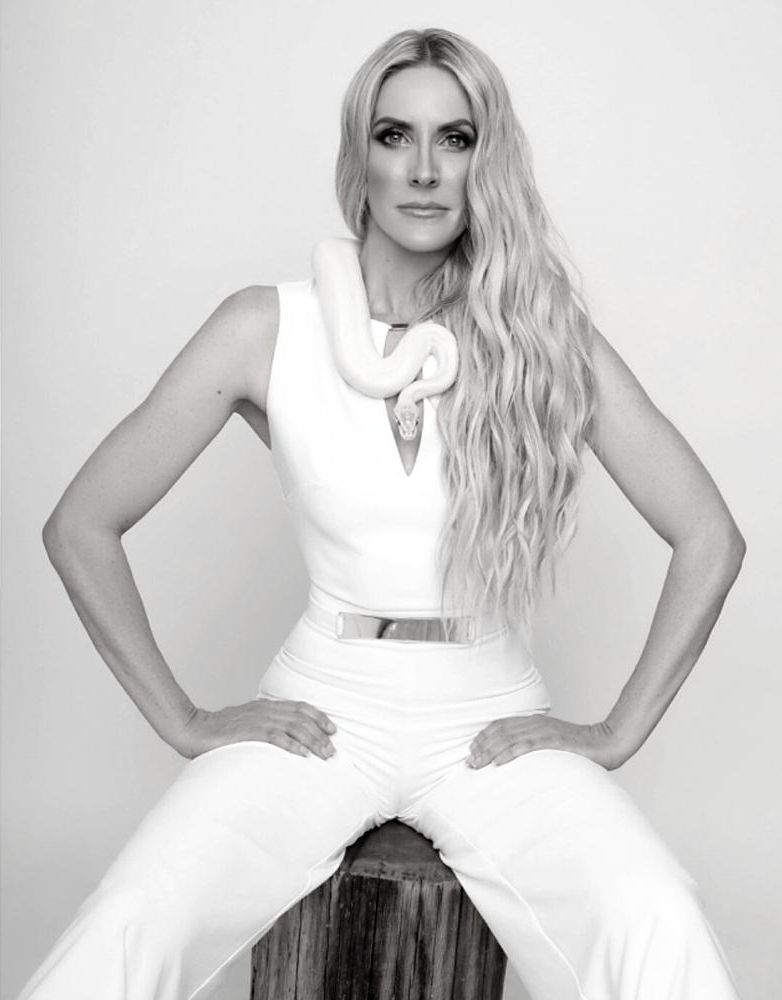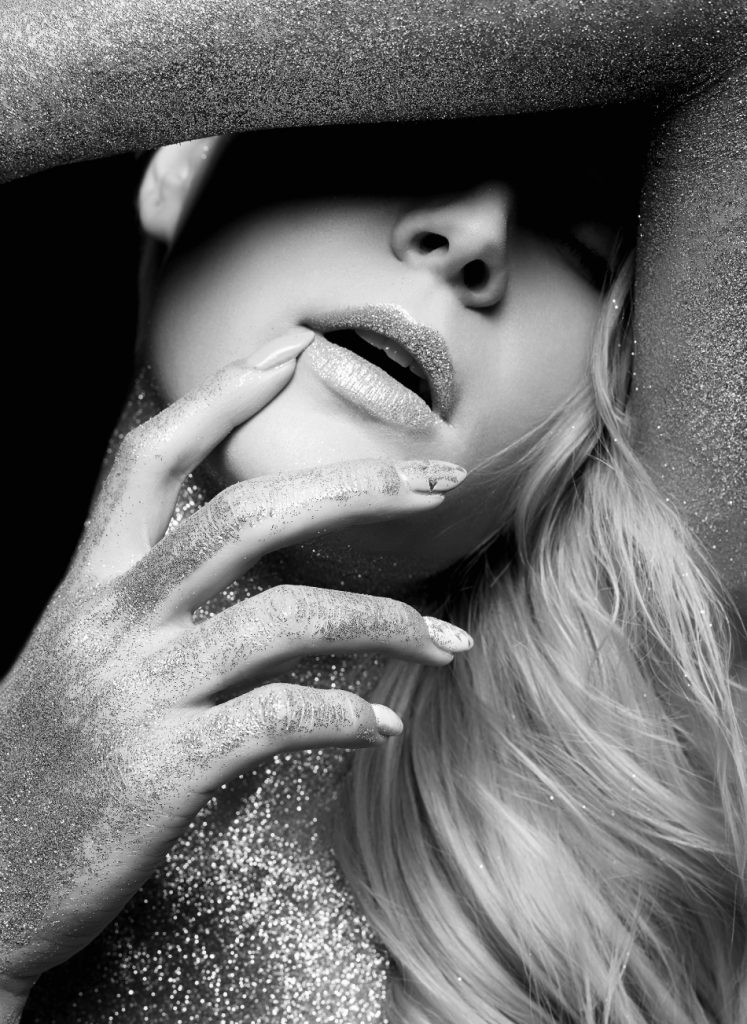Menu
Menu

To become an aesthetic injector, you will need to meet certain requirements and complete specialized training.
Here are the general steps you can take to begin a career as an aesthetic injector:
It is also important to note that becoming an aesthetic injector requires a high level of skill and attention to detail in all specialty fields. Patients trust you to enhance their appearance while also ensuring their safety, so it is important to take your responsibilities seriously and prioritize patient care and patient safety as your number one priority, and that extends beyond delivering beautiful results.

Conclusion


My name is Tara and I am the owner of Delle Chiaie Cosmetic Medicine. I have been in medicine since 2002 as a Registered Nurse. In 2011 I graduated from the accelerated program at the University of New Hampshire (UNH) as an Advanced Practice Registered Nurse (APRN). My goal is to continually fine-tune the art of bringing one’s inner beauty to the surface.
My name is Tara and I am the owner of Delle Chiaie Cosmetic Medicine. I have been in medicine since 2002 as a Registered Nurse. In 2011 I graduated from the accelerated program at the University of New Hampshire (UNH) as an Advanced Practice Registered Nurse (APRN) and immediately became nationally recognized through the American Nurses Credentialing Center (ANCC) as a Board Certified Nurse Practitioner. I grew up in the beauty industry and found it was a great union to blend beauty with medicine. I have an astute sense of safety, while my experience guides my practice to produce beautiful and natural results. My goal is to continually fine-tune the art of bringing one’s inner beauty to the surface.


Let's Talk About
Your Career
*By submitting this form you agree to be contacted by DCCM Academy
and receive marketing messages by phone, text, or email. You can unsubscribe from these communications at any time. We commit to protecting and respecting your privacy. For more information, please review our Privacy Policy.
ACEN Accreditation Manual, (2020). General Information. Accreditation commission for education in nursing. https://www.acenursing.org/acen-accreditation-manual-general-information/.
American Society of Plastic Surgery, (2019). 2018 Plastic Surgery Statistics Report.
Retrieved from www.plasticsurgery.org/documents/News/Statistics/2018/plastic-surgery-statistics-full-report-201 8.pdf
Cupp Curley, A. L. (2020). Population-based nursing: concepts and competencies for advanced practice (3rd ed.). Springer Publishing Company.
Delle Chiaie, T. (2021). Essentials of neuromodulation (1st ed.). Elsevier Academic Press.
Frank, J. R., Taber, S., van Zanten, M., Scheele, F., Blouin, D., & International Health Professions Accreditation Outcomes Consortium. (2020). The role of accreditation in 21st-century health professions education: Report of an international consensus group. Bio-Medical Central Medical Education, 20(1), 305. https://doi.org/10.1186/s12909-020-02121-5
Grandview Research (2020). Global aesthetic medicine market size report 2021-2028. https://www.grandviewresearch.com/industry-analysis/medical-aesthetics-market.
Kream, E. J., Jones, V. A., & Tsoukas, M. M. (2022). Balancing medical education in aesthetics: Review and debate. Clinics in Dermatology, 40(3), 283–291. https://doi.org/10.1016/j.clindermatol.2021.11.011
